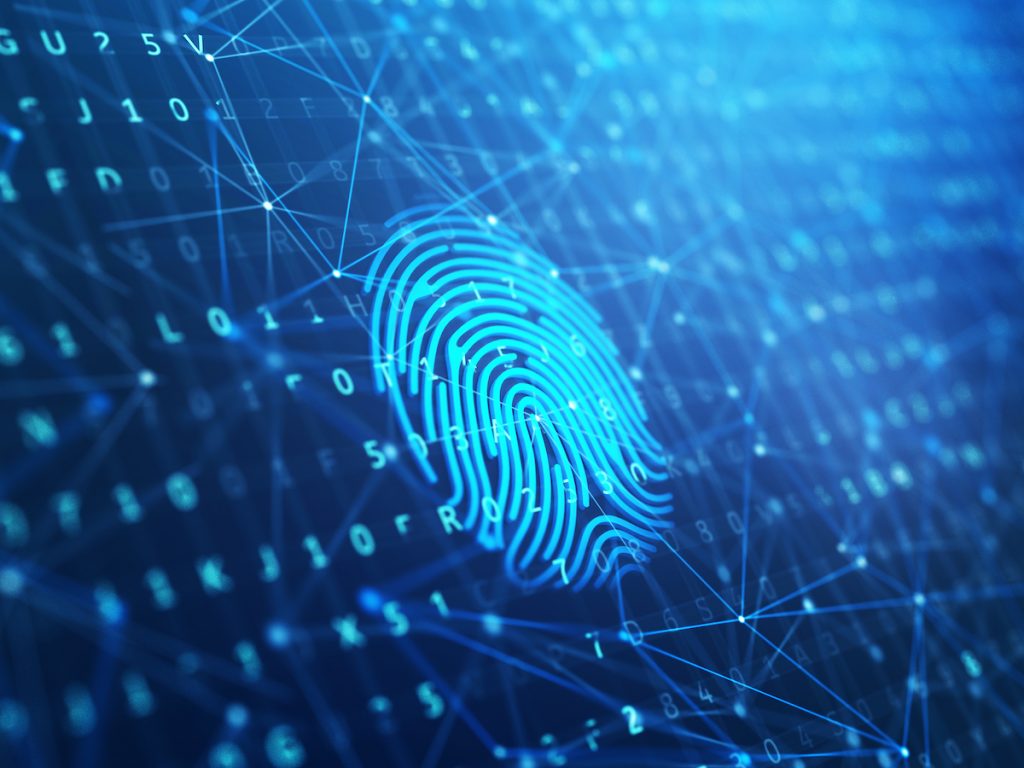As governments around the world digitise services, largely in response to Covid-19, individuals are required to prove their identities on digital channels. This is a challenge for people without legal ID, estimated at 1 billion by the World Bank Identification for Development Initiative, and also for individuals with ID documents that are hard to use digitally.
Without a recognised ID, it is difficult to enrol in school, open a bank account, obtain a mobile phone, claim pensions, access healthcare, or register businesses. The McKinsey Global Institute estimated that 3.4 billion people are in this situation. Cloud-based digital ID systems can be a solution to this challenge.
What is a digital ID?
Digital ID systems are personal identification systems that use digital technology from the initial capture of data to its validation. By creating a unique digital ID per person, identities can be easily verified through digital channels. This creates a robust scope of benefits — and cloud-based approaches to implementing these systems provide the speed, scale and security needed for digital ID to succeed.
Improving accessibility and inclusion
Digital ID systems allow for the more efficient implementation of all services that hinge on personal identification, making them more accessible. As individuals face fewer obstacles to prove who they are, the list of services to which they have access expands. A digital ID system can be a powerful equaliser, helping disadvantaged communities participate more fully in society.
Financial services are often inaccessible for people without legal identities, keeping them stuck in an informal, cash-based economy. In India’s rural areas, for example, access to traditional banking was scarce. However, Aadhaar, the world’s largest digital ID system with more than 1.2 billion registrants (88% of India’s total population of 1.36 billion), now processes more than 73 million banking transactions per month, most of which originate from those rural areas.
Providing agile public services
With the foundation of a digital ID system that reduces operational costs, decreases turnaround times, and increases delivery speed, governments can implement more responsive and agile public services.
In South Korea, for instance, each person’s unique Resident Identification Number (RIN) is also used as a patient identifier in the healthcare system. This digital ID system allowed the Korean government to quickly deploy a comprehensive digital contact tracing strategy when dealing with COVID-19, and to leverage sophisticated real-time data to make rapid public health decisions.
In Pakistan, a digital ID framework allowed families to check via SMS message whether they were eligible for the Ehsaas Emergency Cash program. This helped deliver prompt financial support to 12 million households.
Fighting fraud
When processing government-to-person payments, such as public wages and cash transfers, non-digital systems are vulnerable to errors and corruption. A robust digital ID system makes impersonation more difficult and rules out ineligible candidates for a specific payment.
In Uganda, verification of civil servants’ identities against the national ID database led to the elimination of 4,664 ghost workers and saved $6.9 million USD. In Thailand, more than $29.7 million USD was saved by cross-checking beneficiaries of a cash transfers program against other government databases.
Reducing workload and eliminating redundant systems
Beyond minimising the misallocation of public funds due to fraud and errors, digital ID systems can reduce workload for public agencies. It is estimated that streamlined systems built on universal digital ID could save governments 110 billion hours of work, along with the associated reduction in expenditure. Agencies also collect the minimum data needed and well-implemented systems can be much safer than having fragmented records situated across multiple government departments.
Beyond public services: Economic growth
People who can prove their identities easily can open bank accounts, make payments, and register businesses and the economy expands. In emerging countries, on average, an estimated 6% of additional GDP could be unlocked by achieving full digital ID coverage, according to the aforementioned McKinsey Global Institute report.
In Estonia, a country leading in digital identity, electronic identification (eID) has supported the e-Residency program, which grants access to Estonian services for non-nationals living abroad. More than 1,300 new companies have been created, bringing an additional USD 4.6 million into the Estonian economy.
Privacy, security, and inclusion by design
A digital ID system must be supported by a strong information security framework. Cloud-based solutions can address these challenges, as they provide increased levels of data security and allow privacy-enhancing capabilities not attainable with an on-premises approach.
Additionally, as digital ID systems are usually based on biometrics, governments must be mindful of designing solutions that do not leave people behind and keep accessibility in mind when making policy.
María Inés Baqué
María Inés Baqué is Amazon Web Services’ government transformation lead in Latin America, Canada, and the Caribbean. She is the former Secretary of Digital Government and Technological Innovation in the Argentine Presidency.
Pablo Marzocca
Pablo Marzocca is part of the policy implementation team at Access Partnership. He previously worked in Argentina’s public sector, including as managing director of Argentina 2030, the Argentine Presidency’s unit for long-term public policy centred on technological change.
The AWS Institute is a thought leadership and executive education program to accelerate digital transformation for public sector executives.
